Home>Garden Essentials>What Is The Play Area In Game Design
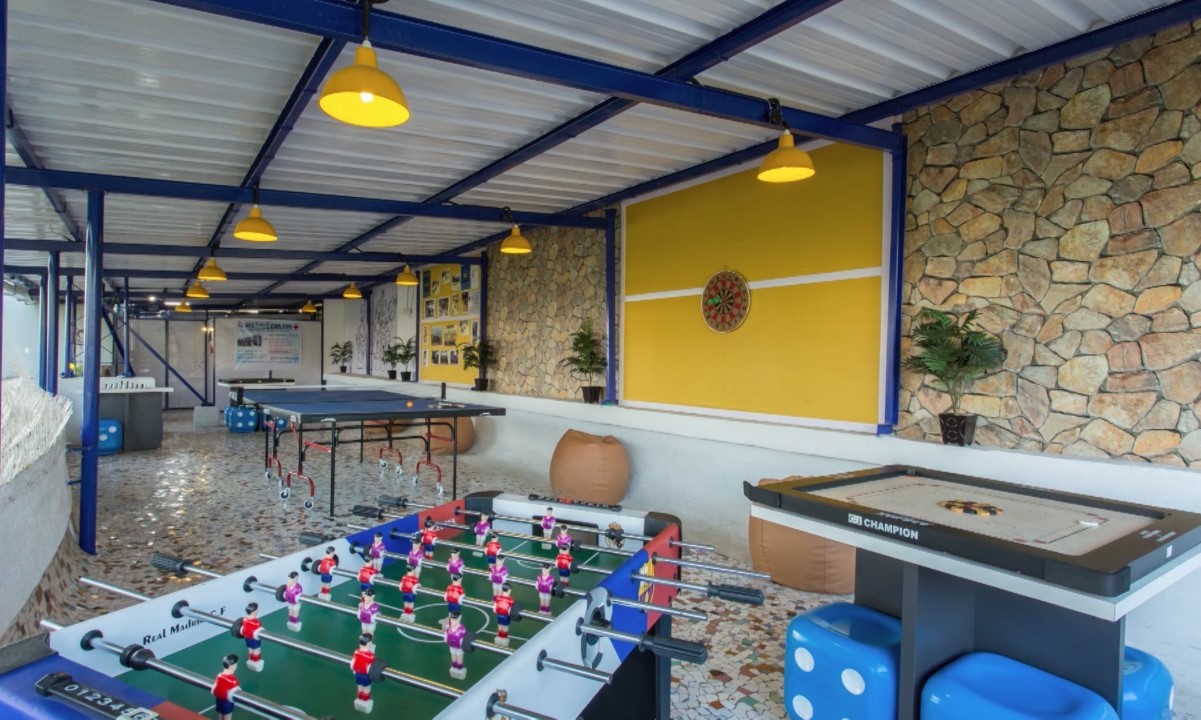

Garden Essentials
What Is The Play Area In Game Design
Modified: March 7, 2024
Discover the importance of the play area in game design and how it's like cultivating a vibrant garden of entertainment. Learn more about creating engaging gaming experiences!
(Many of the links in this article redirect to a specific reviewed product. Your purchase of these products through affiliate links helps to generate commission for Storables.com, at no extra cost. Learn more)
Introduction
Welcome to the world of game design, where creativity and imagination take center stage! When it comes to designing a game, the play area is a crucial element that can make or break the overall experience. It serves as the backdrop for all the action, setting the stage for players to embark on exciting adventures, solve puzzles, or engage in thrilling battles.
The play area, also known as the game world or game environment, refers to the virtual or physical space where players interact and navigate within a game. It can range from sprawling open landscapes to intricate indoor settings, each designed to provide a unique and immersive experience.
In this article, we will delve into the importance of the play area in game design and explore the factors to consider when creating a captivating game world. We’ll also examine the role the play area plays in gameplay mechanics and highlight some examples of effective play areas in popular games. Finally, we’ll discuss the challenges game designers face when designing the play area and how they overcome them. So, let’s jump right in!
Key Takeaways:
- The play area in game design is like the stage for a play, setting the scene for players to explore, solve puzzles, and engage in thrilling adventures, making the game immersive and captivating.
- Game designers face challenges in creating play areas that balance scale, narrative, and gameplay relevance, but by considering factors like theme, mechanics, and player feedback, they can craft engaging and memorable game worlds.
Read more: How To Create A Play Area In Living Room
Definition of the Play Area
The play area, in the context of game design, is the physical or virtual space where the game takes place. It provides the backdrop for all the game’s activities, interactions, and challenges. The design of the play area directly influences the player’s experience and perception of the game.
In video games, the play area is typically a virtual environment that players can explore and interact with. This can include everything from open worlds with vast landscapes, to confined spaces like rooms or dungeons. The play area encompasses various elements such as terrain, objects, structures, and characters that populate the game world.
In board games and physical games, the play area refers to the space on the game board or playing surface where the game is played. It may consist of grids, paths, zones, or other designated areas that determine the movement and positioning of game pieces or players.
The play area can vary greatly in size, complexity, and design, depending on the type and genre of the game. For example, a role-playing game might feature a vast, interconnected world with diverse locations and landscapes, while a puzzle game may have a smaller play area focused on specific challenges or puzzles.
Regardless of the format or platform, the play area serves as the canvas on which the game’s story, mechanics, and challenges are brought to life. It is a fundamental component of game design that greatly contributes to the overall immersive experience for players.
Importance of the Play Area in Game Design
The play area plays a crucial role in game design, as it directly impacts the player’s immersion, engagement, and overall enjoyment of the game. Here are some key reasons why the play area is of utmost importance:
1. Immersion: The play area serves as the virtual or physical space that players can fully immerse themselves in. A well-designed play area with detailed visuals, realistic sound effects, and interactive elements can transport players to another world, making them feel like they are part of the game’s universe. Immersion is vital for creating a captivating and memorable gaming experience.
2. Exploration and Discovery: The play area provides players with a sense of curiosity and a desire for exploration. A well-designed play area encourages players to explore their surroundings, uncover hidden secrets, and discover new areas within the game world. This fosters a sense of discovery and rewards players for their inquisitiveness.
3. Engagement: The play area is the foundation for the game’s mechanics and interactions. It sets the stage for players to engage with the game’s challenges, objectives, and characters. An engaging play area can motivate players to invest their time and effort into the game, keeping them entertained and immersed for extended periods.
4. Game Progression: The play area often serves as a progression system within the game. It can include unlocking new areas, levels, or game content based on the player’s achievements or completion of specific tasks. The play area serves as a visual representation of the player’s progress and provides a sense of accomplishment as they explore and conquer new territories within the game world.
5. Environmental Storytelling: The play area can convey a story or narrative without explicitly using words or cutscenes. Environmental storytelling utilizes the design of the play area to subtly communicate the game’s lore, history, and character backgrounds. Details such as architecture, landmarks, and visual cues can provide players with a deeper understanding of the game world and its inhabitants.
6. Player Freedom and Agency: A well-designed play area offers players freedom and agency in how they approach and navigate the game world. Whether it’s providing multiple paths, varied gameplay options, or the ability to interact with the environment, player agency allows individuals to make choices that influence their gameplay experience. This fosters a sense of empowerment and enhances player satisfaction.
The play area is a vital aspect of game design that contributes to the overall player experience. By carefully considering and crafting the play area, game designers can create immersive, engaging, and unforgettable gaming worlds that captivate players and keep them coming back for more.
Factors to Consider in Designing the Play Area
Designing a captivating play area requires careful thought and consideration. Here are some important factors to take into account when creating the game world:
1. Theme and Setting: The theme and setting of the game play a significant role in determining the design of the play area. Whether it’s a post-apocalyptic wasteland, a fantasy realm, or a futuristic city, the play area should align with and enhance the game’s theme and setting. A cohesive and immersive world helps players feel more connected to the game and its narrative.
2. Gameplay Mechanics: The play area should align with the game’s mechanics and gameplay objectives. For example, if the game requires stealth and tactical gameplay, the play area should have ample hiding spots and strategic vantage points. Understanding the core mechanics of the game ensures that the play area supports and enhances the player’s engagement with the game.
3. Level Design: When designing the play area, attention should be given to the layout and structure of different levels or sections. A well-designed play area strikes a balance between open exploration and guided progression, providing players with a sense of freedom while still leading them towards specific objectives or challenges. Varying the level design keeps the gameplay experience fresh and exciting.
4. Balance of Challenge and Reward: The play area should offer a balance of challenges and rewards to maintain player motivation. Placing obstacles or enemies strategically throughout the play area creates a sense of difficulty and accomplishment when overcome. Additionally, rewards such as power-ups, collectibles, or new areas unlock a sense of progression and provide incentives for players to explore further.
5. Spatial Awareness and Navigation: It is crucial to consider how players navigate and interact with the play area. Clear visual cues, intuitive signposting, and well-designed pathways ensure that players can easily navigate the game world without feeling lost or frustrated. Providing a mini-map or in-game markers can help players maintain spatial awareness and understand their position within the play area.
6. Visual and Audio Design: The aesthetics and audio elements of the play area significantly contribute to the overall immersive experience. Attention to detail, visually appealing landscapes, and distinctive architectural designs can bring the play area to life. Appropriate and atmospheric sound effects or background music further enhance the player’s engagement with the game world.
7. Player Feedback and Interaction: The play area should provide feedback to players regarding their actions and interactions. This can be through interactive elements, visual cues, or audio feedback. Clear and responsive feedback helps to guide players, inform them of their progress, and provide a sense of control and agency within the game world.
By considering these factors during the design process, game designers can create play areas that are not only visually appealing and immersive, but also effectively support the gameplay mechanics and enhance the overall player experience.
The play area in game design refers to the physical or virtual space where the game is played. It’s important to consider the size, layout, and boundaries of the play area to ensure a balanced and enjoyable gaming experience for the players.
Role of the Play Area in Gameplay
The play area in game design plays a vital role in shaping the gameplay experience for the players. It serves as more than just a visual backdrop; it directly influences the mechanics, challenges, and interactions within the game. Here are some key roles that the play area fulfills in gameplay:
1. Navigation and Exploration: The play area provides players with a space to navigate, explore, and uncover the game’s secrets and hidden treasures. It presents pathways, obstacles, and environmental elements that players must navigate through to progress in the game. The play area sets the stage for players to embark on exciting journeys and discover new areas within the game world.
2. Tactical Decision-making: The design of the play area can require players to make strategic decisions based on the layout and positioning of objects or enemies. It provides opportunities for players to plan their approach, consider cover and vantage points, and decide on the best course of action. The play area influences the tactical decisions players make throughout the game.
3. Puzzle-solving and Challenges: The play area often presents puzzles, hurdles, and challenges that players must overcome. It can include environmental puzzles, platforming sequences, or combat encounters. The design and layout of the play area directly impact the level of difficulty and complexity of these challenges, creating a sense of satisfaction and achievement when successfully solved or completed.
4. Interactivity and Object Interaction: The play area can be filled with interactive objects and elements that players can interact with. This can include manipulating switches, examining objects, or unlocking hidden passages. The play area provides a context for object interaction and contributes to the overall interactivity of the game.
5. Environmental Hazards and Obstacles: The play area can feature various environmental hazards and obstacles that pose threats to the player. These can include traps, pitfalls, or hazardous conditions. The play area creates a sense of danger and urgency, requiring players to carefully navigate and overcome these obstacles to progress further in the game.
6. Immersion and Atmosphere: The play area establishes the atmosphere and immersion of the game. By providing visually stunning landscapes, interesting architectural designs, and immersive audio, the play area enhances the player’s emotional connection to the game. It immerses players into the world, making the gameplay experience more immersive and engaging.
7. Replayability and Variety: A well-designed play area offers replayability and variety for players. By incorporating multiple paths, secret areas, or dynamic elements, the play area ensures that each playthrough feels fresh and unique. It encourages players to explore different routes or strategies, increasing the longevity and replay value of the game.
The play area plays a multifaceted role in gameplay, influencing navigation, decision-making, puzzles, interactivity, immersion, and replayability. Game designers must carefully consider and craft the play area to create a rich and engaging gameplay experience for the players.
Read more: What Should Be In The Dramatic Play Area
Examples of Effective Play Areas in Games
Throughout the history of gaming, numerous games have showcased exceptional play areas that have captivated players and become iconic in the industry. Here are a few examples of effective play areas in games:
1. The Witcher 3: Wild Hunt – The Continent: The open-world play area in The Witcher 3 is a sprawling and immersive representation of a fantasy world known as “The Continent.” It features diverse landscapes, from dense forests to war-ravaged villages, each with its own unique atmosphere and secrets to discover. The play area is filled with side quests, monster-infested areas, and vibrant NPC interactions, providing players with a sense of adventure and limitless exploration.
2. The Legend of Zelda: Breath of the Wild – Hyrule: Hyrule in Breath of the Wild is an expansive open-world play area that offers players a vast and interactive environment to explore. It seamlessly combines natural beauty, towering mountains, and intricate ruins with a dynamic weather system. The play area encourages creative problem-solving, with a physics-based approach allowing players to interact with objects, enemies, and terrain in numerous ways. This creates a sense of freedom and agency, offering players the ability to tackle objectives in any order they choose.
3. Portal – Aperture Science Enrichment Center: The play area in Portal consists of a series of test chambers within the Aperture Science Enrichment Center. These chambers are meticulously designed with thought-provoking puzzles and mind-bending mechanics. The play area challenges players to think outside the box, manipulating portals to navigate through increasingly complex environments. The minimalistic aesthetic and sterile atmosphere contribute to the immersive and mysterious nature of the play area.
4. Grand Theft Auto V – Los Santos: Los Santos, the play area in Grand Theft Auto V, is a sprawling and vibrant metropolis, modeled after Los Angeles. It captures the essence of a bustling city, complete with realistic neighborhoods, interactive NPCs, and various activities to engage in. The play area seamlessly combines urban landscapes with rural environments such as mountains and deserts, offering players a diverse and dynamic world to explore.
5. Minecraft – Infinite World: Minecraft’s play area is an infinite procedurally generated world made up of blocky terrain. It allows players to explore, mine resources, and build structures to their heart’s content. The open-ended nature of the play area encourages creativity and provides endless possibilities for player-created adventures and projects.
6. Dark Souls – Lordran: Lordran, the play area in Dark Souls, is a dark and foreboding world filled with challenging enemies, treacherous paths, and memorable boss encounters. The interconnected design of the play area encourages exploration, as players unlock shortcuts and discover hidden areas. The atmospheric design and intricate level layouts contribute to the sense of mystery and dread that permeates throughout the play area.
These are just a few examples of games with exceptional play areas that have contributed to their critical acclaim and popularity. Each play area showcases unique design elements, immersive atmospheres, and gameplay opportunities that have kept players engaged and enthralled.
Challenges in Designing the Play Area
Designing a compelling play area comes with its fair share of challenges. Game designers must overcome these obstacles to create an engaging and immersive game world. Here are some common challenges in designing the play area:
1. Balance of Scale: Finding the right balance in the scale of the play area can be challenging. It needs to be large enough to offer a sense of exploration and freedom without overwhelming the player. Conversely, it shouldn’t be too small to limit the player’s ability to navigate and discover new areas. Striking the right scale requires careful consideration of game mechanics, objectives, and level design.
2. Narratively Cohesive Design: Aligning the design of the play area with the game’s narrative can be a challenge. The play area should seamlessly integrate with the story and immerse players in the game world. Achieving a narratively cohesive play area requires understanding the game’s lore, establishing consistent visuals, and creating environments that feel authentic within the game’s universe.
3. Gameplay Relevance: Designing a play area that is not only visually pleasing but also relevant to the gameplay mechanics can be complex. It’s crucial to ensure that the environment supports the game’s objectives, challenges, and interactions. The play area should provide opportunities for traversal, hiding spots, strategic advantages, and environmental puzzles that align with the core gameplay mechanics.
4. Player Guidance: Guiding players through the play area without explicitly hand-holding them is a significant challenge. The design should provide enough visual cues and landmarks to help players navigate and progress through the game world. Balancing the level of guidance while maintaining a sense of discovery and exploration requires careful level design and the strategic placement of visual markers or signposting.
5. Technical Limitations: Technical limitations, such as hardware constraints or engine capabilities, can impact the design of the play area. It’s essential to consider performance optimization, memory usage, and loading times when creating the game world. These limitations may require compromises or creative solutions to ensure a smooth and enjoyable experience for players.
6. Replayability and Variety: Designing a play area that offers replayability and variety can be challenging. Players expect fresh experiences with each playthrough, so the play area should incorporate multiple paths, secrets, and dynamic elements. Providing branching narratives, alternative routes, or random events can enhance replayability and keep players engaged over multiple play sessions.
7. Iterative Design and Testing: The play area may require multiple iterations and extensive playtesting to ensure its effectiveness. Game designers must gather feedback from players to identify areas that need improvement, adjust difficulty levels, and fine-tune the overall experience. Iterative design and testing are crucial to creating a play area that strikes the right balance of challenge, immersion, and enjoyment.
By recognizing and addressing these challenges, game designers can create play areas that enhance the gameplay experience, immerse players in captivating worlds, and provide endless hours of entertainment.
Conclusion
The play area is an integral component of game design, serving as the canvas on which the game’s story, mechanics, and challenges are brought to life. It plays a crucial role in immersing players, guiding their actions, and creating memorable experiences. From vast open worlds to intricate levels, the play area sets the stage for players to explore, interact, and embark on exciting adventures.
In this article, we explored the definition of the play area, emphasizing its importance in game design. We discussed various factors that game designers must consider when designing the play area, including theme and setting, gameplay mechanics, level design, and player feedback. We also examined the vital role that the play area plays in gameplay, such as navigation and exploration, puzzle-solving, and immersive storytelling.
Furthermore, we highlighted examples of effective play areas in popular games, ranging from the sprawling landscapes of The Witcher 3 and the dynamic world of Minecraft to the intricately designed test chambers of Portal. These examples showcased the diverse ways in which play areas can engage and captivate players.
However, designing a compelling play area is not without its challenges. Game designers must find a balance in scale, align the play area with the game’s narrative, ensure gameplay relevance, provide player guidance, overcome technical limitations, incorporate replayability, and iterate through design and testing.
In conclusion, a well-designed play area enhances the overall gameplay experience, immersing players in captivating worlds and offering a sense of freedom, challenge, and exploration. By considering the factors outlined and overcoming the challenges faced, game designers can create play areas that leave a lasting impression and make the game truly memorable for players.
Frequently Asked Questions about What Is The Play Area In Game Design
Was this page helpful?
At Storables.com, we guarantee accurate and reliable information. Our content, validated by Expert Board Contributors, is crafted following stringent Editorial Policies. We're committed to providing you with well-researched, expert-backed insights for all your informational needs.
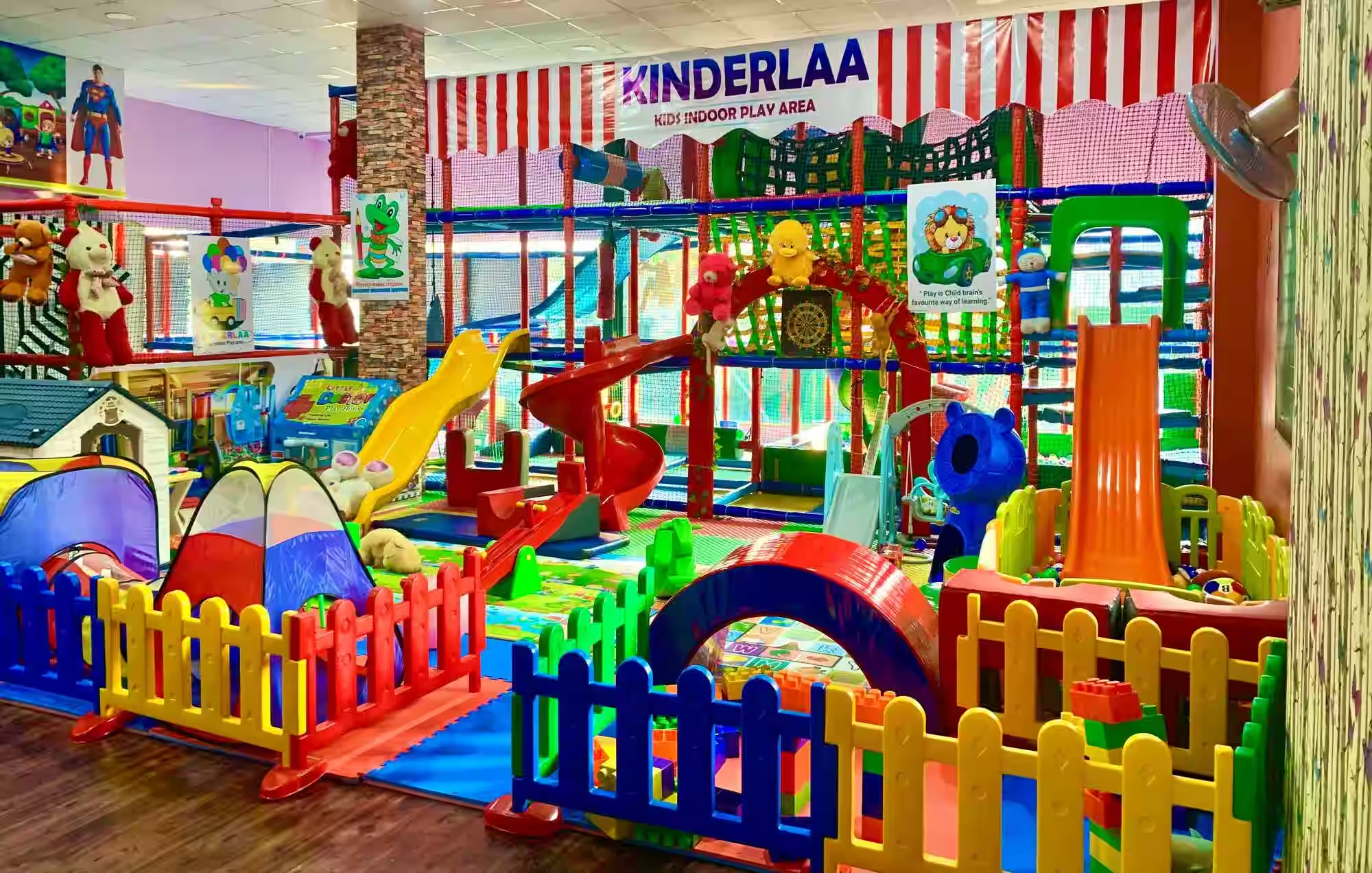
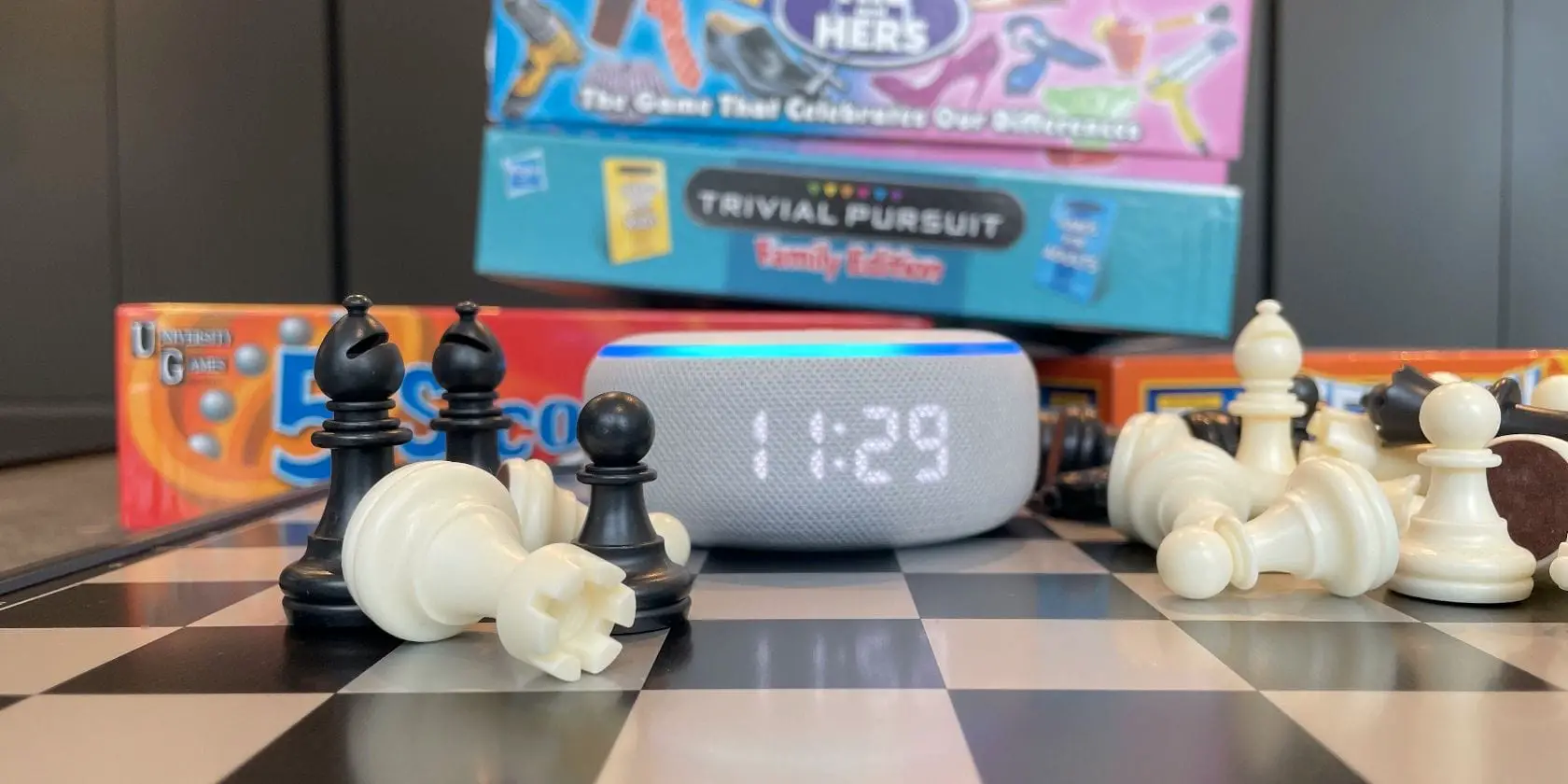

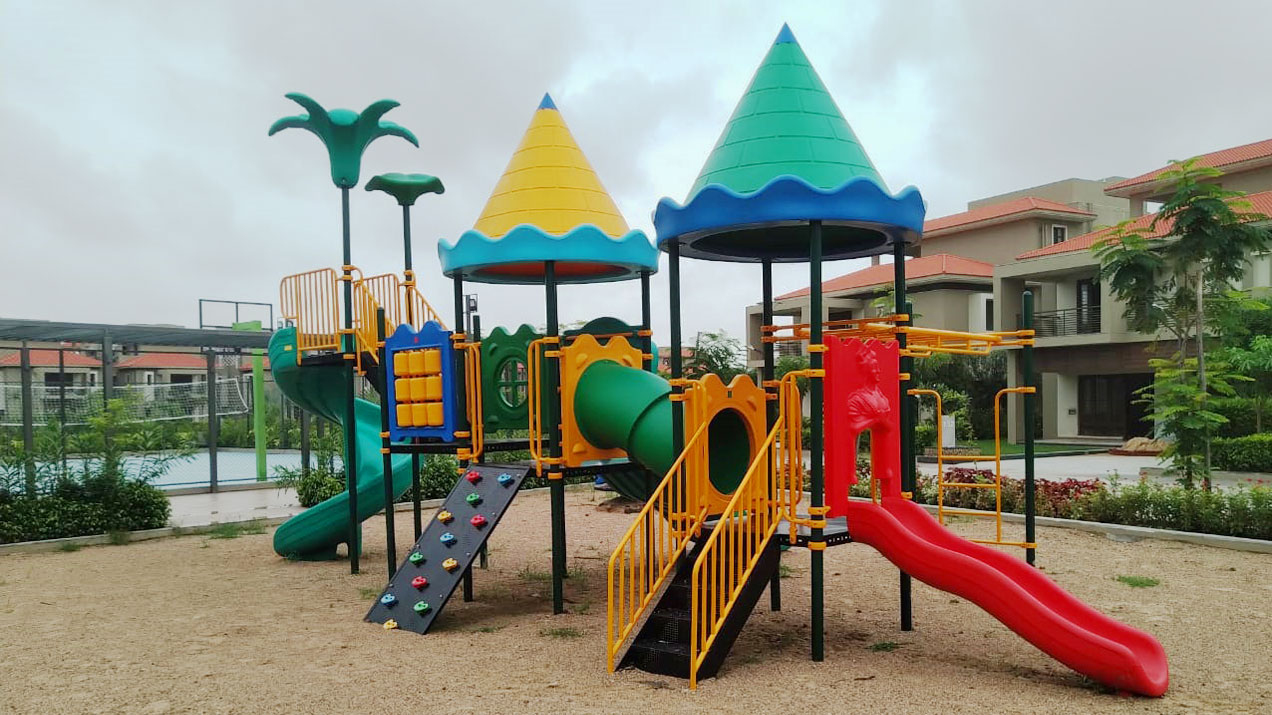
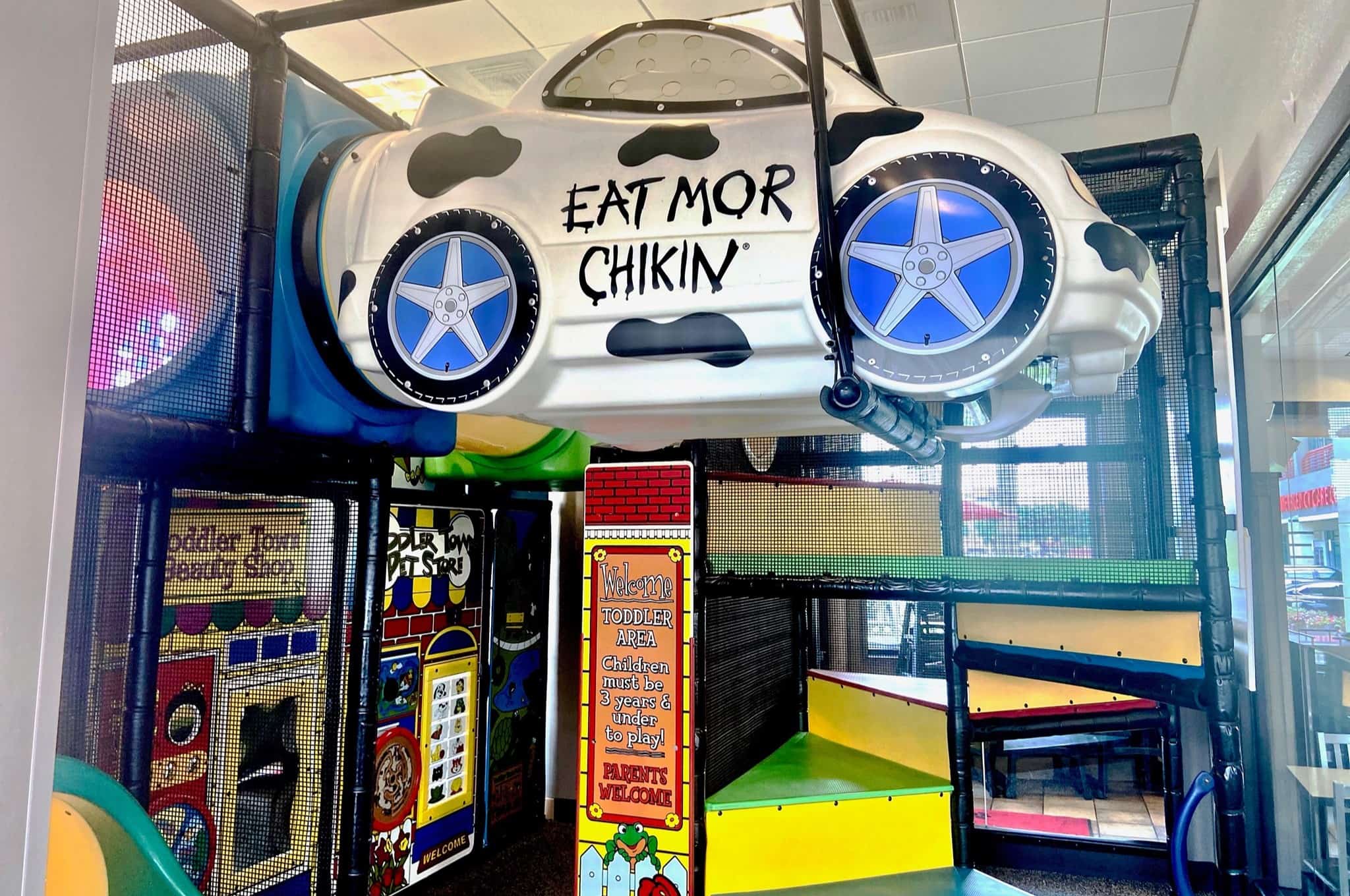
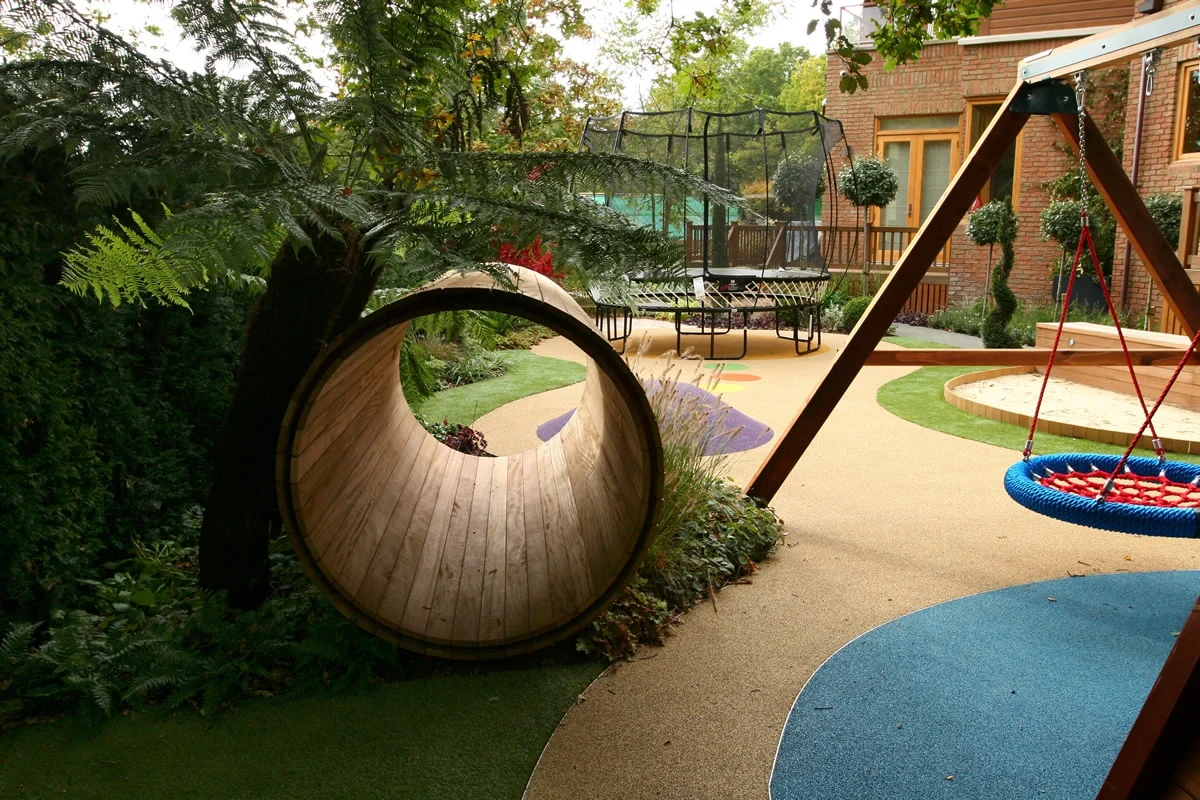



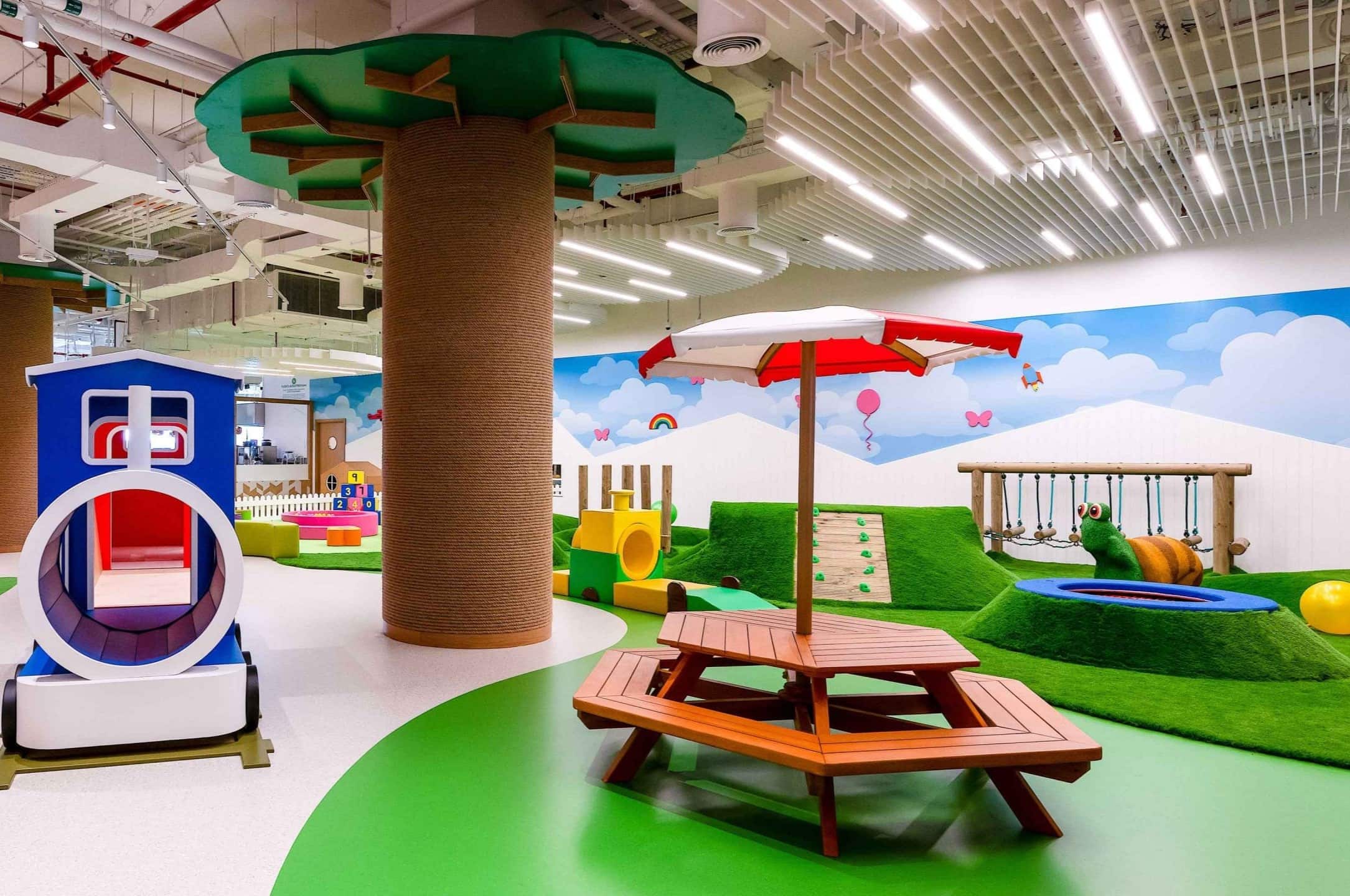
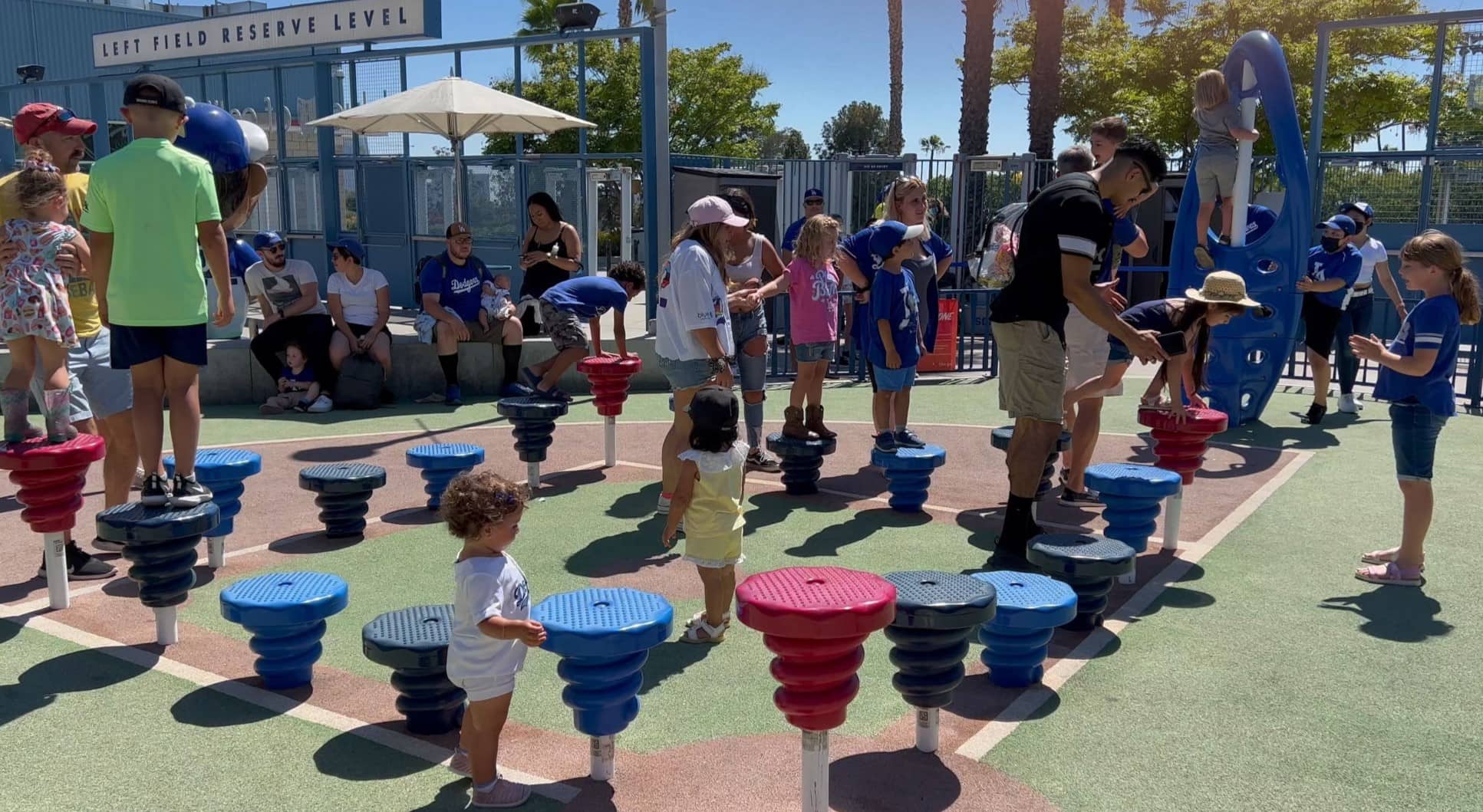

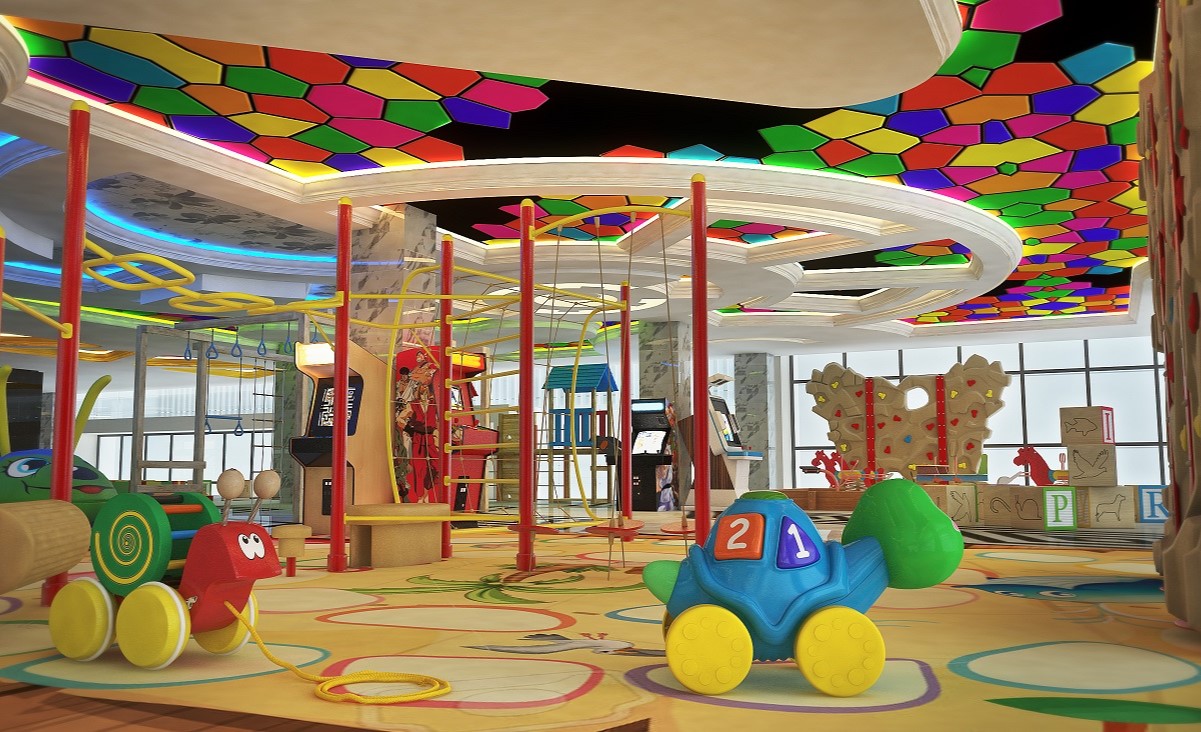
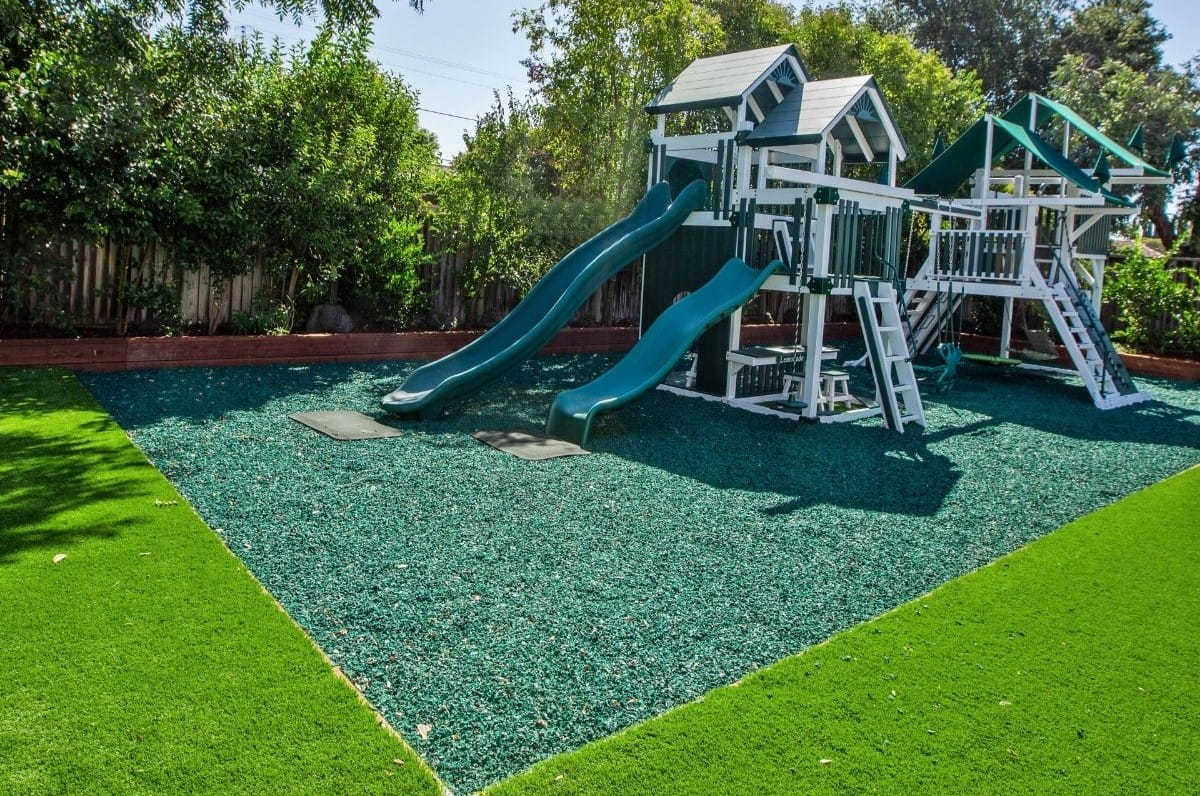

0 thoughts on “What Is The Play Area In Game Design”